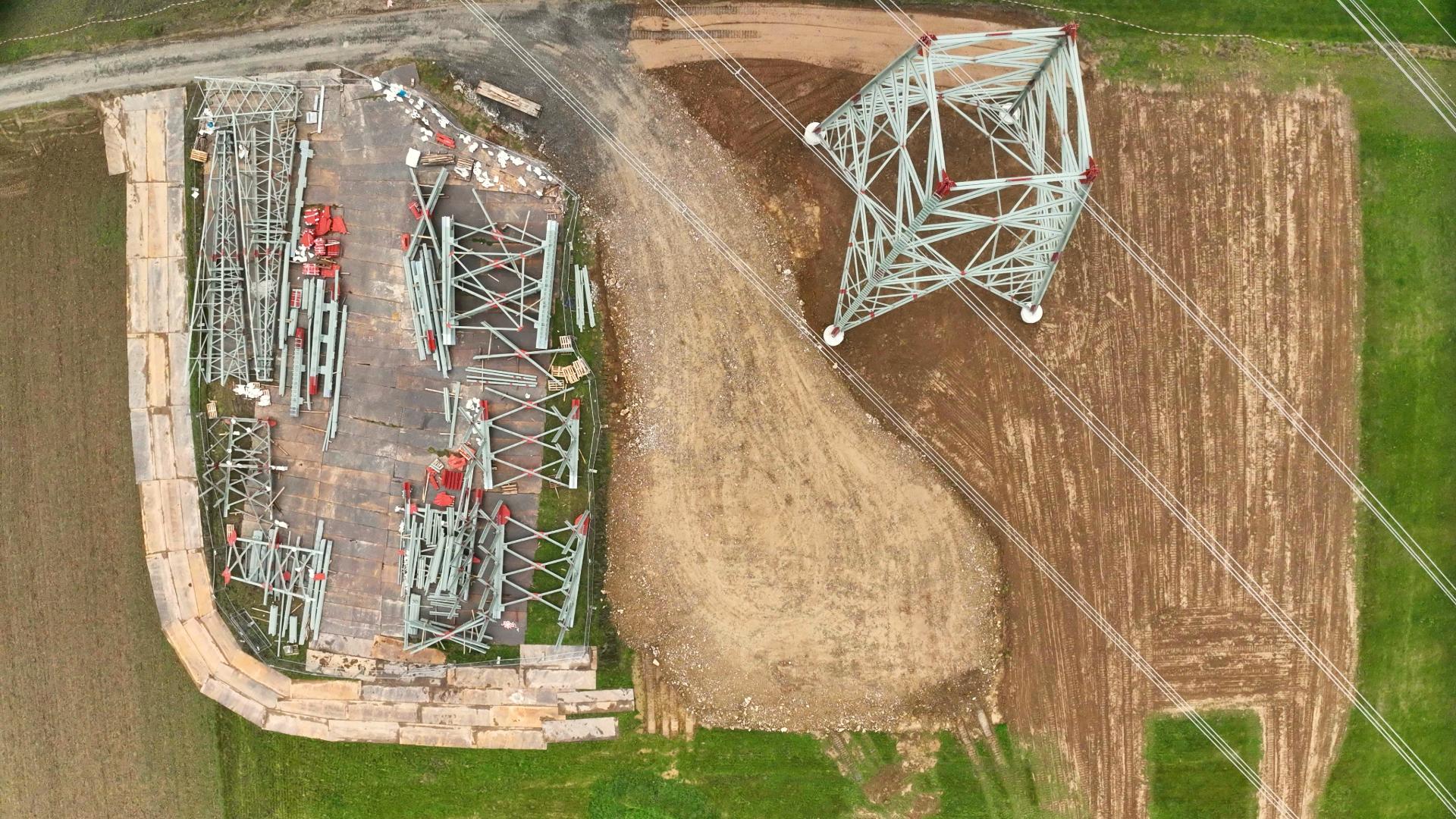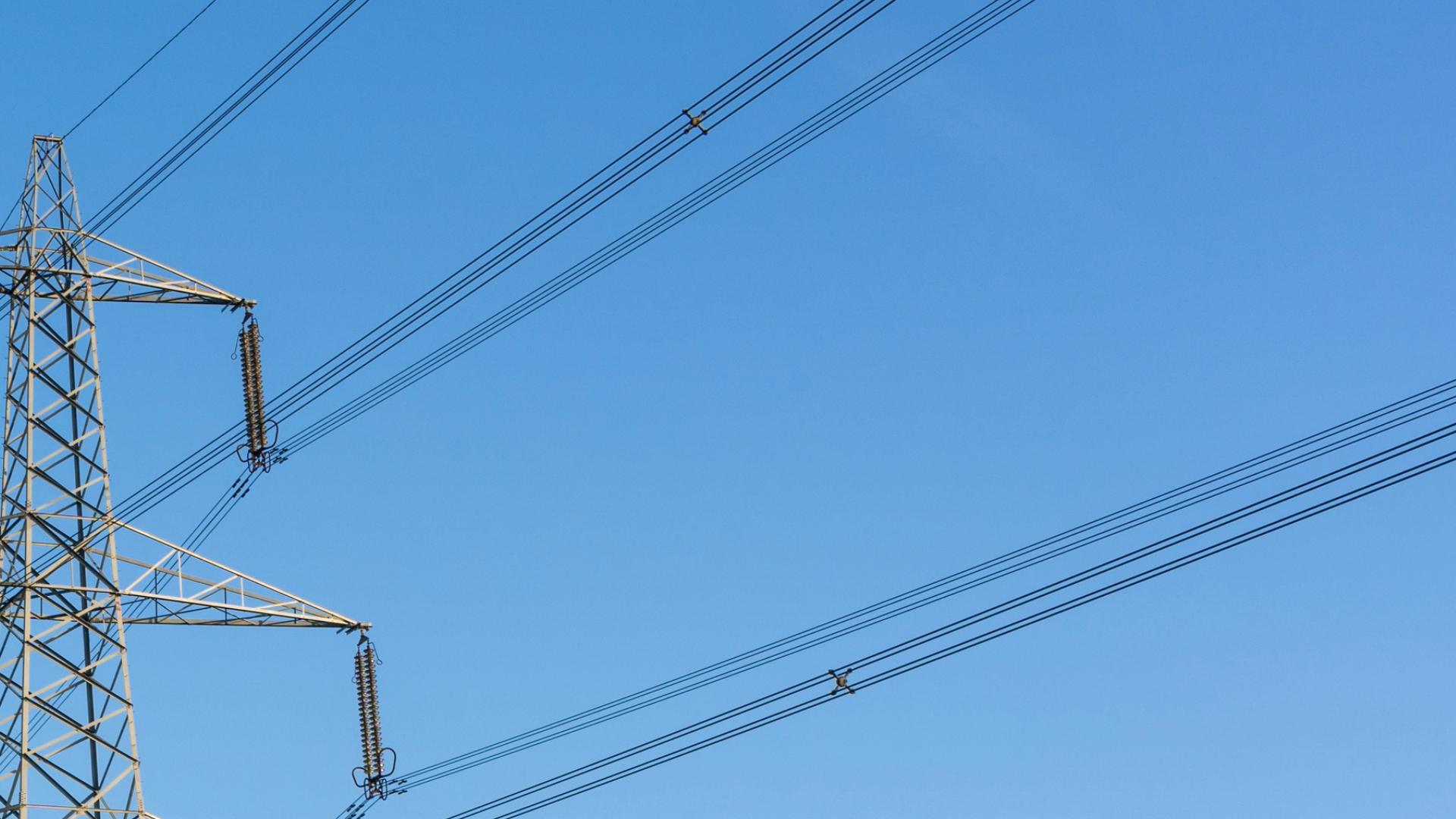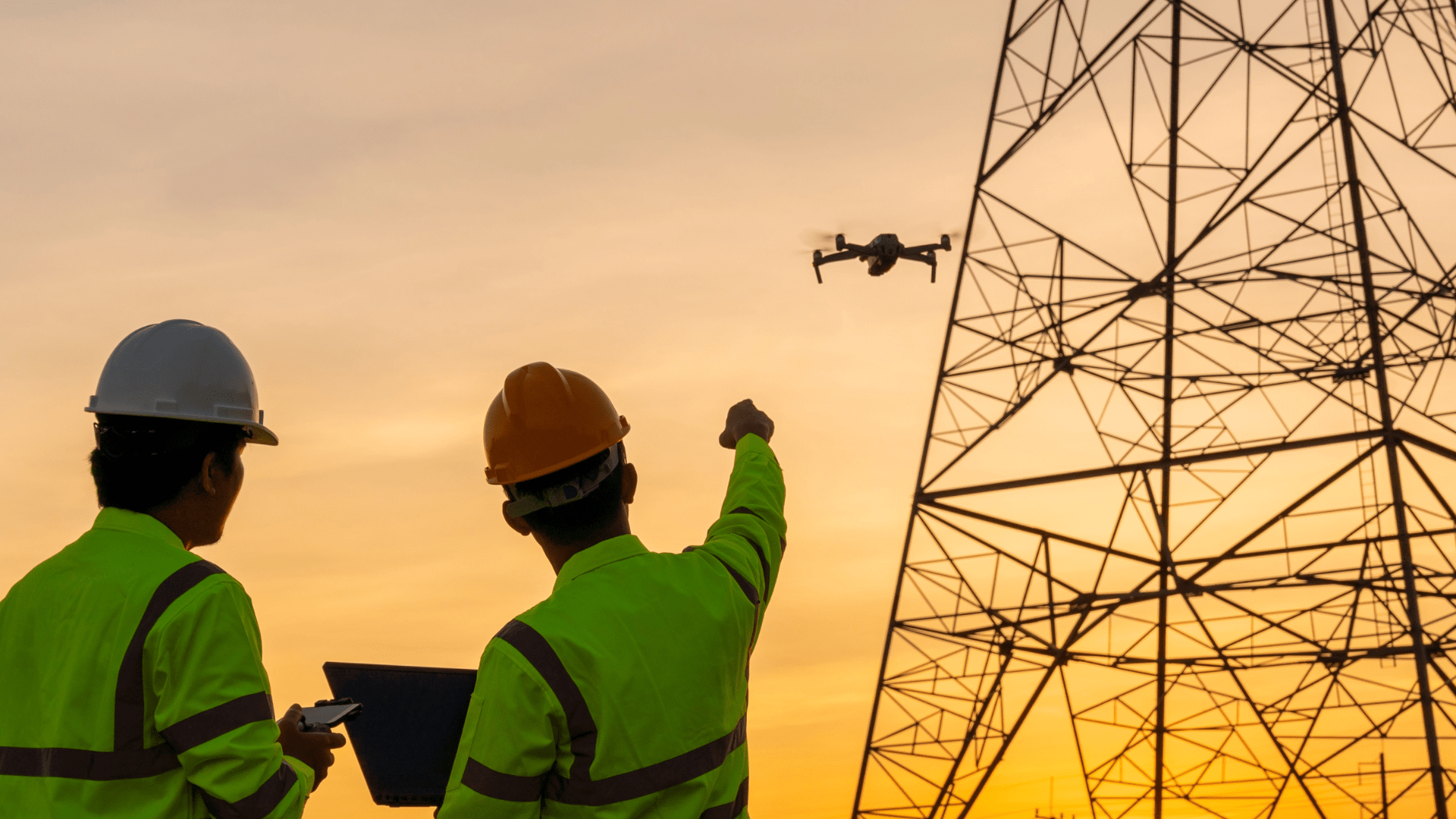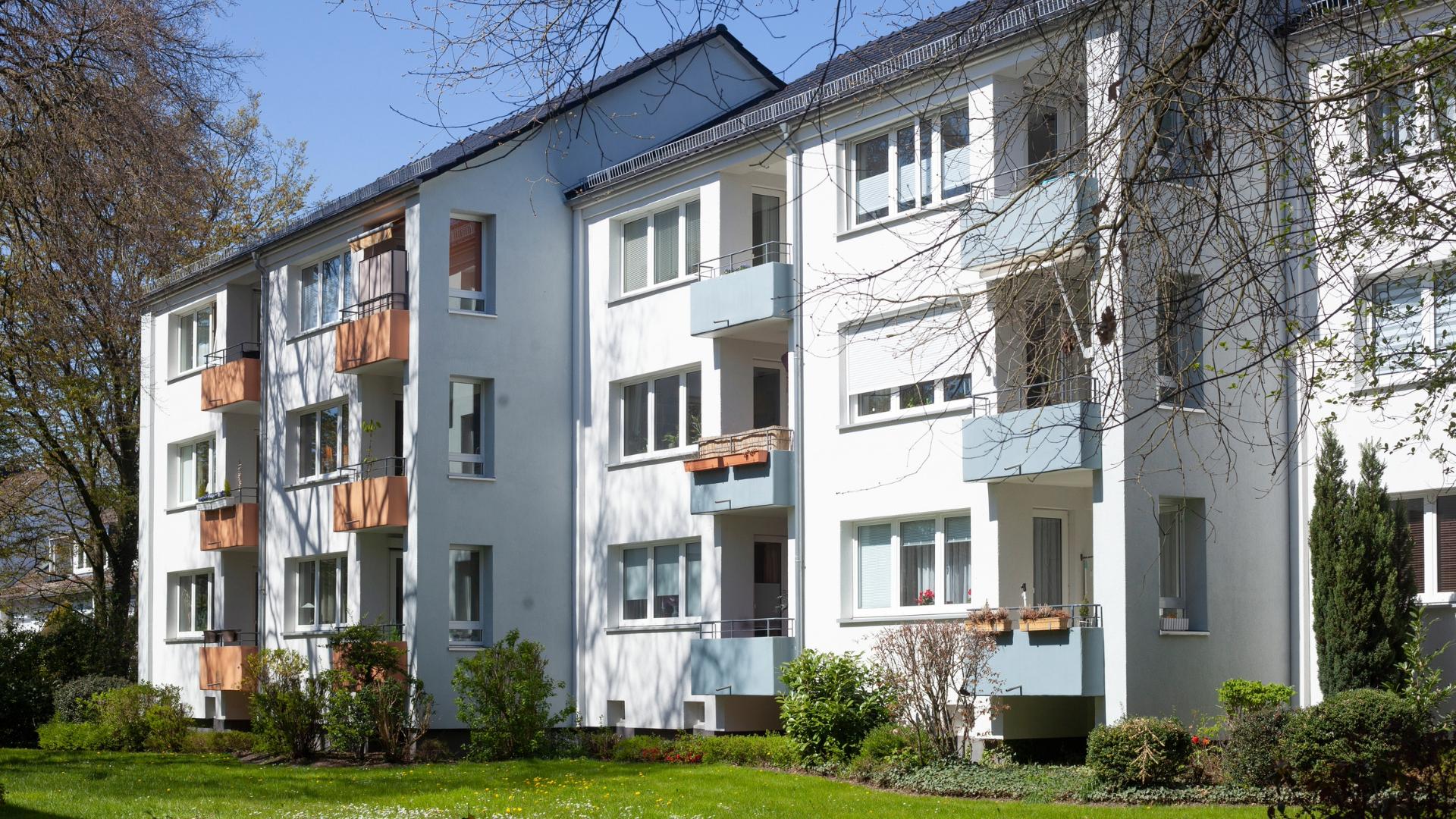For many centuries, maps have influenced how we see the world and understand our environment. They both fascinate and inform at the same time. Sometimes they are even art. The Internet also allows completely new possibilities for cartography. The production of web maps has become relatively simple from a technical point of view. So even people without the necessary background knowledge can create such maps. That doesn’t have to be problematic, but it can. But what has to be considered in order to create better, more accurate web maps? Let’s find out!
1. What do I want to show you?
This question seems trivial but is often lost from sight when creating web maps. The map should look great, it should be able to do a lot, it should be fun. A map is always a communication medium and communication is everything. So before you start designing, you have to decide which goal you want to achieve. What should be conveyed? Is the map just a decorative accessory or is it the aim to transmit concrete information? All aspects of a map, from the presented data about functions and design, must be chosen and implemented in the context of this defined purpose.
Tip 1: Set a communication goal and always keep an eye on it!
2. Who is the user?
This question is certainly one of the most difficult ones, especially with web maps. What web maps look like should depend to a large extent on the user group it is addressed to. It is always difficult when different user types are the target group. Because many different user characteristics can have a direct or indirect influence on the design of the map. If, for example, children are to be addressed, the maps must be easy to understand, as colorful and rich in contrast as possible, easy to use and with little text. Of course, this is quite different from presentations for experts. Less obvious aspects such as visual impairments or experiential color associations, which can differ considerably from one culture to another, should not be neglected (more on colors in Part II ).
Tip 2: Define the user group(s)!
3. Data, data, data
Maps are a wonderful way to present a lot of data (including big data!) in an effective way. The statement that is made can, however, only be as good as the data used to generate it. For example, if you want to show the current population density of German cities, it makes no sense to use statistical data from the 20th century. It would also be wrong to use different annual statistics for different cities. The danger here is that it is often difficult or even impossible for the user to see which data was used to create the map. Using inappropriate data is not always intentional. Reasons, such as gaps in data sets or ignorance on the part of the map manufacturer can play a role. A map can only ever be an image of the world or a part of it in a certain thematic context. Because the world and thus also the geodata to be displayed is constantly changing, there can be no absolutely correct maps.
Tip 3: Select data carefully, keep it as up-to-date as possible and name sources!
4. What belongs in a map?
Certain components simply belong in every (good) map, whether printed, digital or interactive. This includes, for example, the map image, title, scale and information on the publisher, up-to-dateness and sources (in the case of web maps as links). A north arrow is especially necessary when a map is not north-facing or can be rotated by interaction. The specification of the coordinate system is often neglected. This is especially true for web maps where the Pseudo-Mercator projection used by Google is used (more about coordinate systems in Part II). Buttons for changing the base map, for zooming or for filtering the displayed information can also be components of digital maps on the Internet.
Even if (wrongly!) it has lost relevance in digital cartography, the legend remains one of the most important map elements of all.
Tip 4: Include all important map elements!
5. Why is a legend so important in web maps?
A legend is a key to understanding the more or less abstract symbols on a map. Sometimes a legend seems superfluous, especially to the map manufacturer. This is mainly due to the fact that the decryption mentioned seems logical or obvious to the map manufacturer, as he has intensively dealt with the map product. The user(especially a first-time user) experience can be completely different. The legend exists essentially so that the reader can understand the desired message of the map. The more complex the map and the more it displays, the more important the legend is. The claim should be that the map in combination with its legend is self-explanatory. One cannot rely on the fact that a user actually uses the offered interaction possibilities. The legend should be as clear, thematically arranged, easy to read and to find as possible.
Tip 5: Don’t forget the legend!
Web maps are a wonderful way to present complex information in an understandable form. In addition, the interaction on a map is fun compared to reading long texts and tables.
On 10/09/2018 part II of this article series for better web maps will be published here! Until then you are welcome to take a look at our free Map2Fly for flights with drones and judge for yourself which of the described tips are successfully implemented there.
We are looking forward to your feedback.
See you next time
The FlyNex Team




